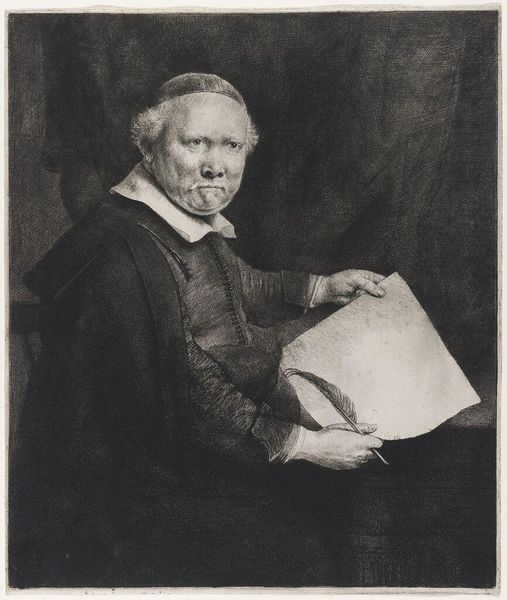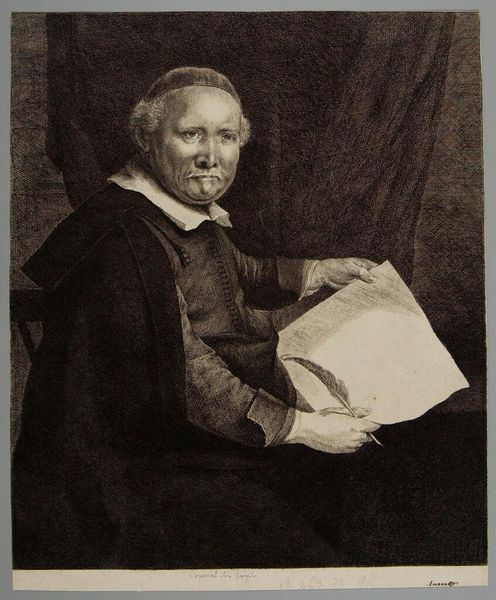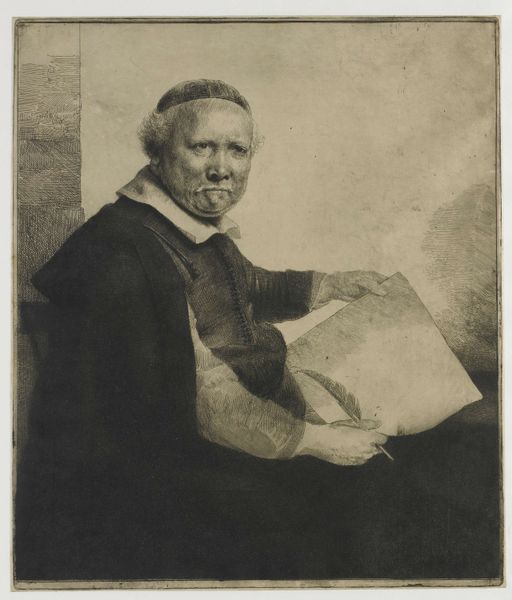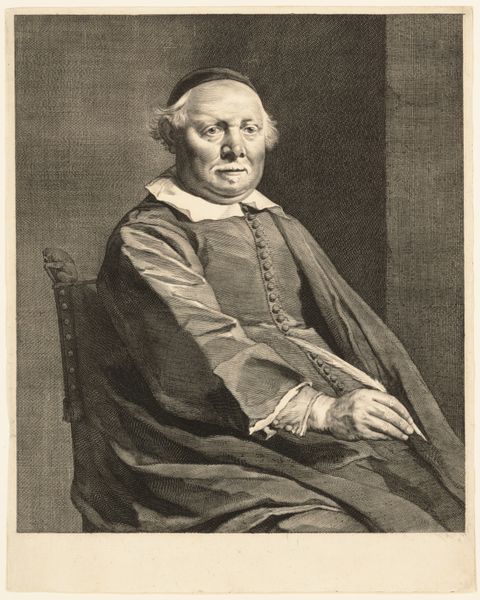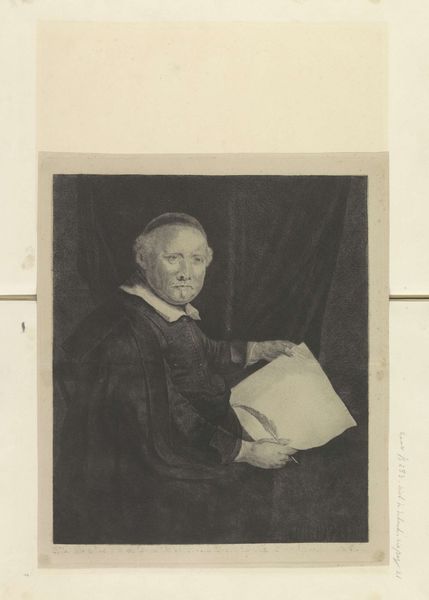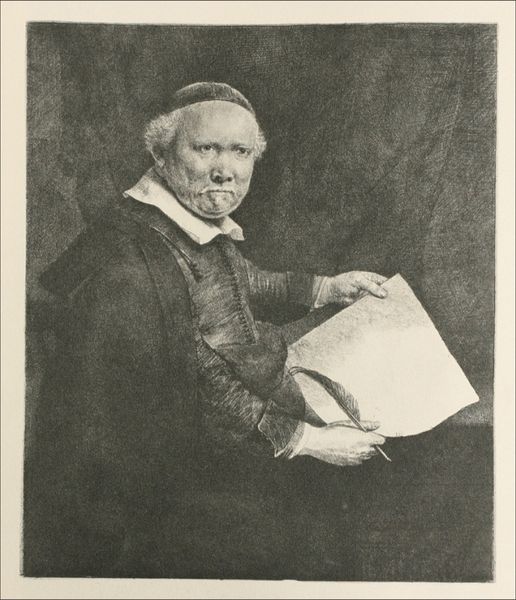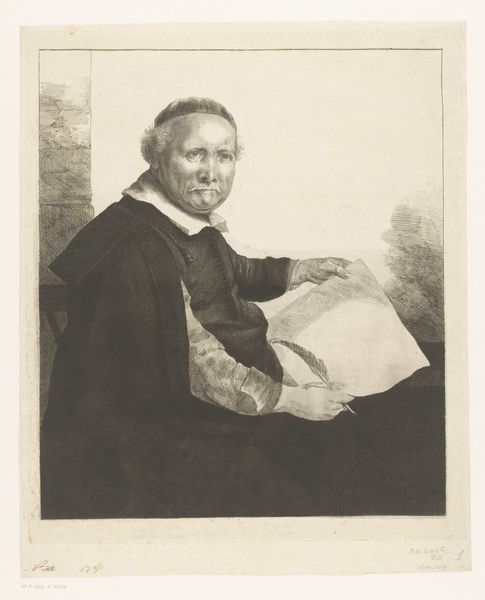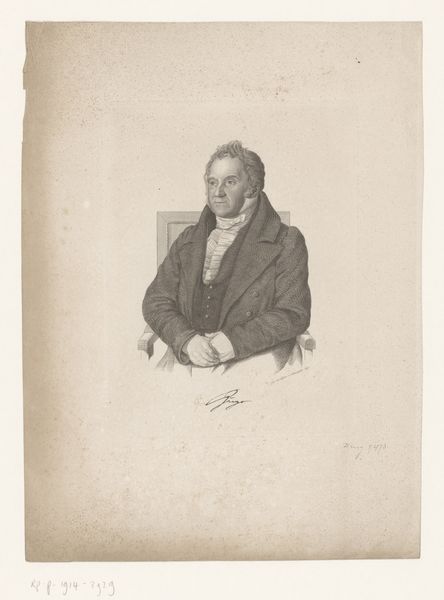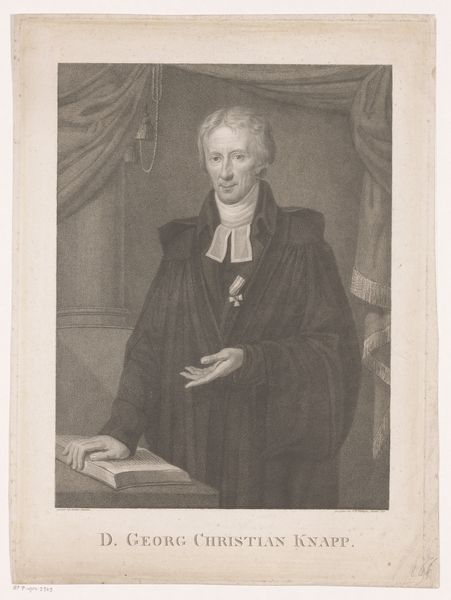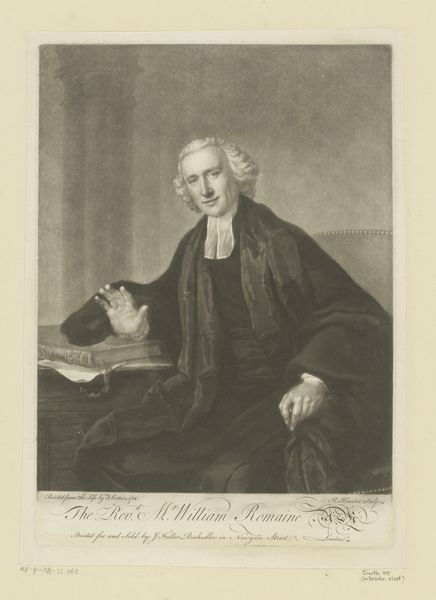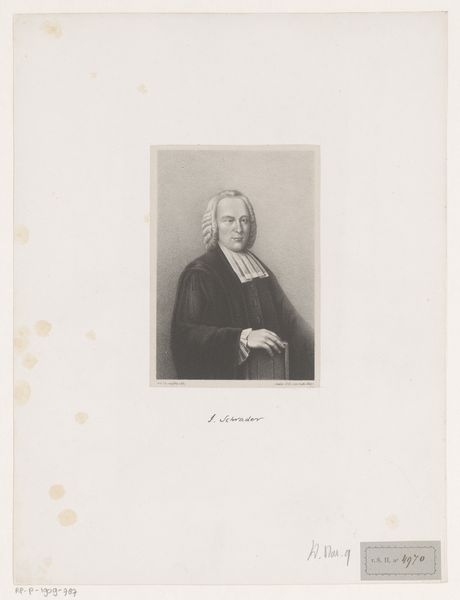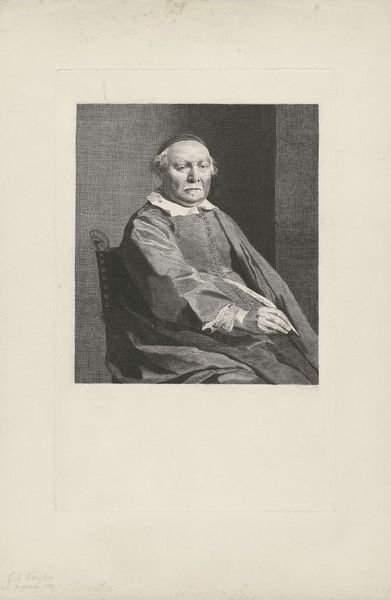
print, etching
#
portrait
#
baroque
#
dutch-golden-age
# print
#
etching
Dimensions: plate: 34.5 x 29 cm (13 9/16 x 11 7/16 in.) sheet: 36 x 30.2 cm (14 3/16 x 11 7/8 in.)
Copyright: National Gallery of Art: CC0 1.0
Editor: So, this is Rembrandt van Rijn's "Lieven Willemsz van Coppenol: the Larger Plate," an etching from 1658. The details achieved through the etching technique are incredible. What strikes me is the contemplative mood, the weight of thought etched, if you will, on Coppenol’s face. What do you see in this piece? Curator: I see a study in the symbols of erudition. Coppenol, the schoolmaster and calligrapher, is holding his tools – the paper and the quill. It's not just about what he *does,* but what those objects *mean.* Consider the performative aspect. Rembrandt has carefully staged him in a manner redolent of tradition and learning. What unspoken narratives do you feel emanate from these visual symbols? Editor: Well, it makes me wonder about literacy and its cultural power at the time. Holding a pen meant something very different back then, didn’t it? Curator: Precisely! The act of writing wasn't democratized. It was specialized labor; those skilled were seen as learned, respected, and powerful figures, scribes who literally shaped society through record and edict. So Rembrandt isn't simply portraying an individual; he is presenting an icon of knowledge. Look at the details of his clothing - is there something that it evokes for you? Editor: His formal clothing certainly elevates him. He's someone of stature and accomplishment within his community. It’s interesting how much cultural weight a simple portrait can hold. Curator: Exactly! Think about it: an image solidifies status, memory and tradition into enduring visual form, doesn't it? This portrait isn't just about Coppenol. It’s about *what he represents.* And that tells us so much about Dutch society at that time. Editor: That makes me appreciate the depth of Rembrandt’s work even more, how his portraits reveal more than just a likeness. Curator: Indeed, we carry an inherited sense of ourselves through imagery. The past and the present find conversation within the visual symbols that surround us.
Comments
No comments
Be the first to comment and join the conversation on the ultimate creative platform.
